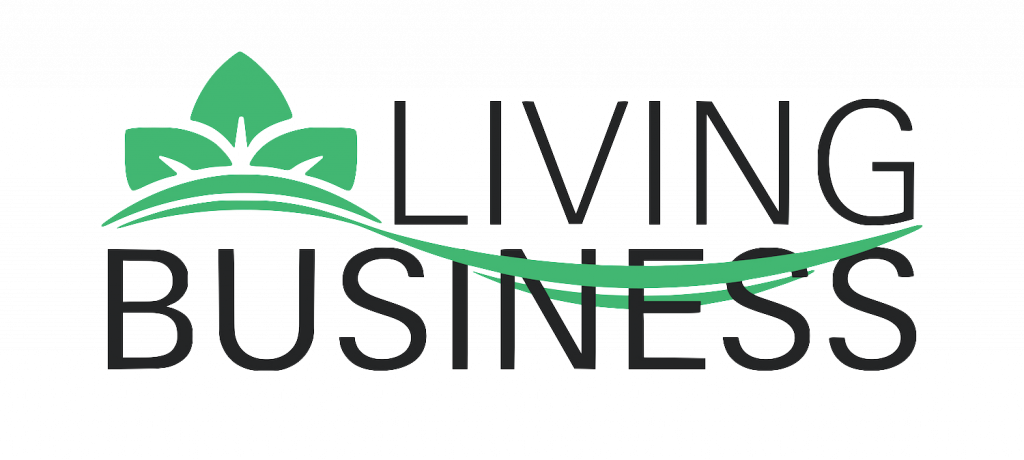How Middle Eastern companies benefit from industrial symbiosis

One company’s trash can be another one’s treasure. That’s the premise behind industrial symbiosis, a kind of industrial collaboration that promises environmental, economic, and societal benefits for countries in the Middle East region and beyond.
An industrial model for the circular economy, industrial symbiosis involves exchanging various types of resources between companies located near each other or operating in allied sectors. These resources include energy and water resources as well as industrial by-products, waste and raw material that might normally be imported.
“This kind of exchange makes it financially convenient for the sourcing company and saves the selling company waste management costs,” said Rana Hajirasouli, founder of The Surpluss, an online business-to-business platform that aims to enable such synergies for companies in the UAE. “Sustainability adoption remains critically low regionally and globally. The best way to get it off the ground is to incentivise companies, to enable them to realise a profit as soon as they start collaborating with other industries.”
“The Surpluss helps negate and demystify circular economy adoption gaps and gives companies a payoff for sharing resources,” she added.
The start-up offers a platform where companies can advertise or look for available industrial materials. Members see different kinds of materials on a map, including industrial by-products, waste, surplus resources, and knowledge (such as technical expertise) and can immediately contact each other.
The company launched in 2021, and the platform went live last October.
In the nine-odd months since, it has diverted one million kilos of all kinds of waste from the landfill, Hajirasouli said.
Its launch follows efforts by the UAE and Saudi Arabia to strengthen non-oil sectors such as manufacturing in attempts to diversify their economies.
HOW COMPANIES BENEFIT
Through The Surpluss, UAE manufacturer Al Rawabi offloaded excess stock to companies in the food service industry, reducing dairy waste, and making a profit from savings in waste management costs. Similarly, the retailer Pakistan Supermarket provided surplus fruit and vegetables to a social enterprise serving affordable meals to blue-collar workers.
Hajirasouli believes industrial symbiosis could contribute to the GCC nations’ various targets to achieve net-zero carbon emissions between 2050 and 2070. Noting that the UAE is one of the world’s top 10 aluminium producers, she said.
“Recycling aluminium chips into high-density raw materials known as briquettes can drive gains of up to $33 million per year and reduce thousands of metric tonnes a year in waste.”
Integrating multiple circular business models across several verticals offers a $4.5-trillion dollar opportunity globally, according to Accenture.
According to the Ellen Macarthur Foundation and Swedish sustainability firm Material Economics, transitioning to renewable energy can address 55% of global GHG emissions. Circular economy applications, including industrial symbiosis, in just five industries—cement, aluminium, steel, plastics and food—can eliminate half of the remainder. That’s about 9.3 billion tonnes of CO2 by 2050, the equivalent of cutting current emissions from all transport to zero.
In June, The Surpluss brought together global sustainability leaders at the UAE’s first Industrial Symbiosis Symposium for a discussion of how industrial collaboration and technology can support the circular economy and tackle climate change in the region.
Source: Keith J. Fernandez, Zawya
Related Posts


